Durian prices today, July 2, continue to remain stable in most regions. Some places in the Central Highlands recorded the lowest price of 17,000 VND/kg, putting pressure on farmers. Market supply is still abundant, however, domestic purchasing power has not shown clear signs of recovery, causing the durian market to remain in the "quiet" price range.
Entering July, the domestic durian market remained “calm”. In the Southwest and Southeast regions – two key areas for durian cultivation and purchasing, the price level remained stable as in late June.
Specifically, the beautiful Ri6 durian selected by warehouses and traders is commonly purchased at 45,000 - 60,000 VND/kg, while the bulk type remains at 25,000 - 28,000 VND/kg. The beautiful Thai durian continues to be at 76,000 - 84,000 VND/kg, while the bulk type fluctuates around 45,000 - 48,000 VND/kg.
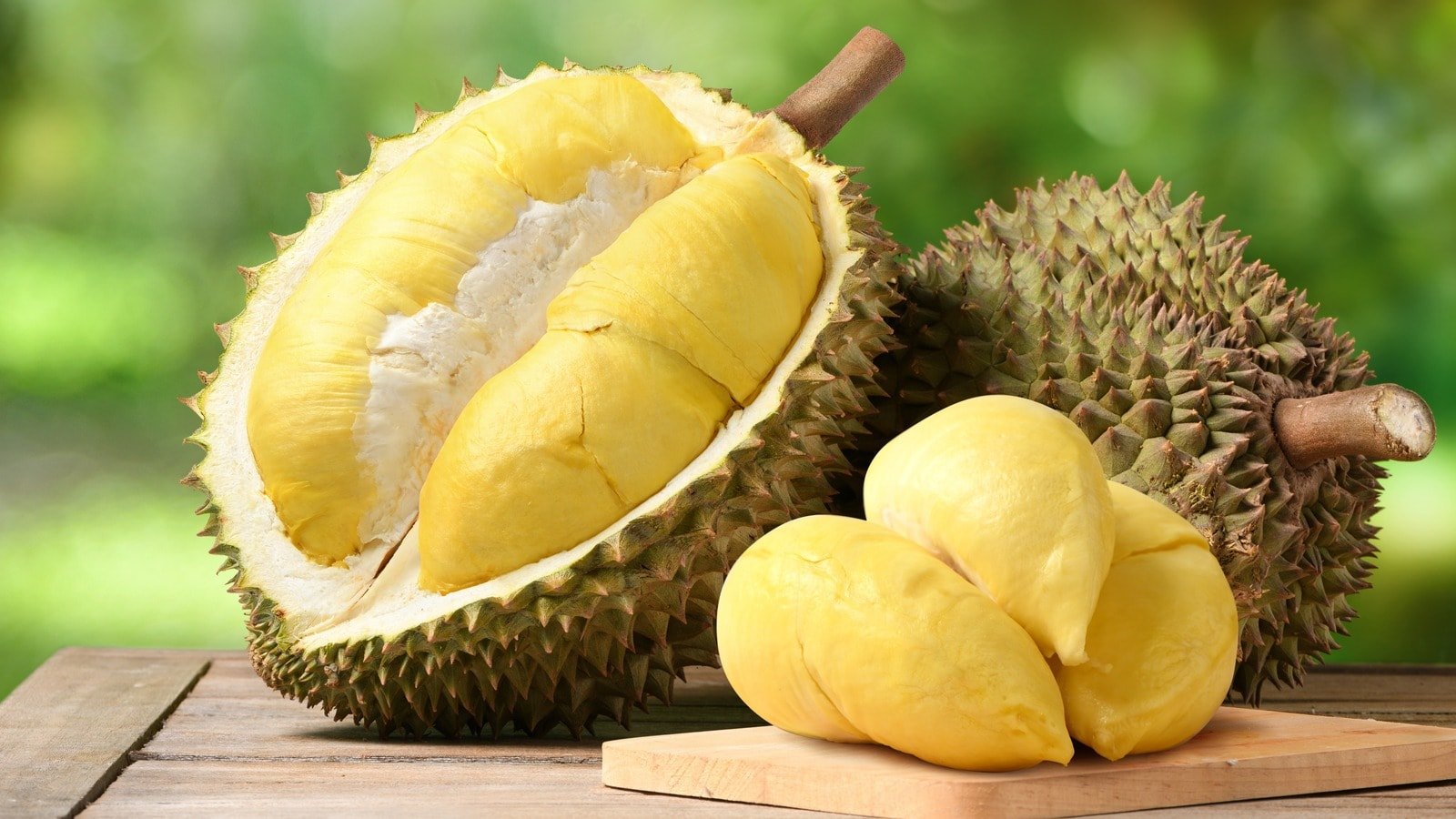
In the Central Highlands, the price of durian today continues to be lower than in other regions. According to a survey from chogia.vn, Ri6 in Dak Lak , Lam Dong is purchased at 44,000 - 46,000 VND/kg, Ri6 in popular bags is from 25,000 - 28,000 VND/kg.
Notably, some batches of unripe durian that did not meet export standards in Lam Dong and Dak Lak were purchased by traders at only 17,000 VND/kg, a record low price in the past 3 months.
The price of high-quality Thai durian in this area remains high at 80,000 - 82,000 VND/kg, but the popular bucket type is only 40,000 - 42,000 VND/kg, causing many farmers to have difficulty in selling, especially small-scale durian growers who do not have export growing area certification.
According to the latest report from The Nation (Thailand), China continues to be the world's largest durian import market, with an output of more than 1.56 million tons and an import value of up to 6.99 billion USD in 2024. Nearly 60% of durian imports in this country come from Thailand.
To maintain its position, Thailand is promoting the digitalization of its agricultural sector with the “Digital Durian Initiative” that helps farmers manage crops, weather and pests using smart applications. This shows that competition among durian exporting countries is increasingly fierce, requiring Vietnam to promote deep processing technology, brand building and quality control.
Meanwhile, although China is experimenting with durian cultivation on Hainan Island, the output is still small and cannot meet domestic demand. Therefore, the long-term growth momentum of the durian market still depends on the supply capacity from Southeast Asia, especially Thailand, Vietnam and Malaysia.
Source: https://baolamdong.vn/gia-sau-rieng-hom-nay-2-7-tiep-tuc-di-ngang-tai-hau-het-cac-vung-trong-290807.html






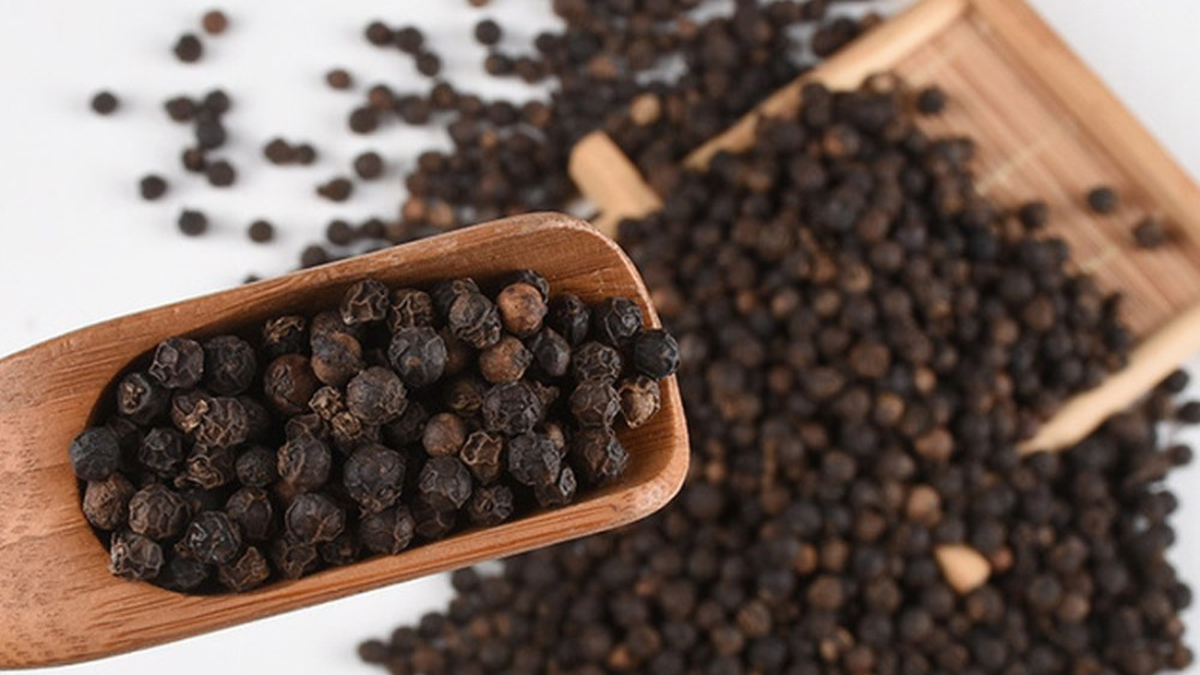
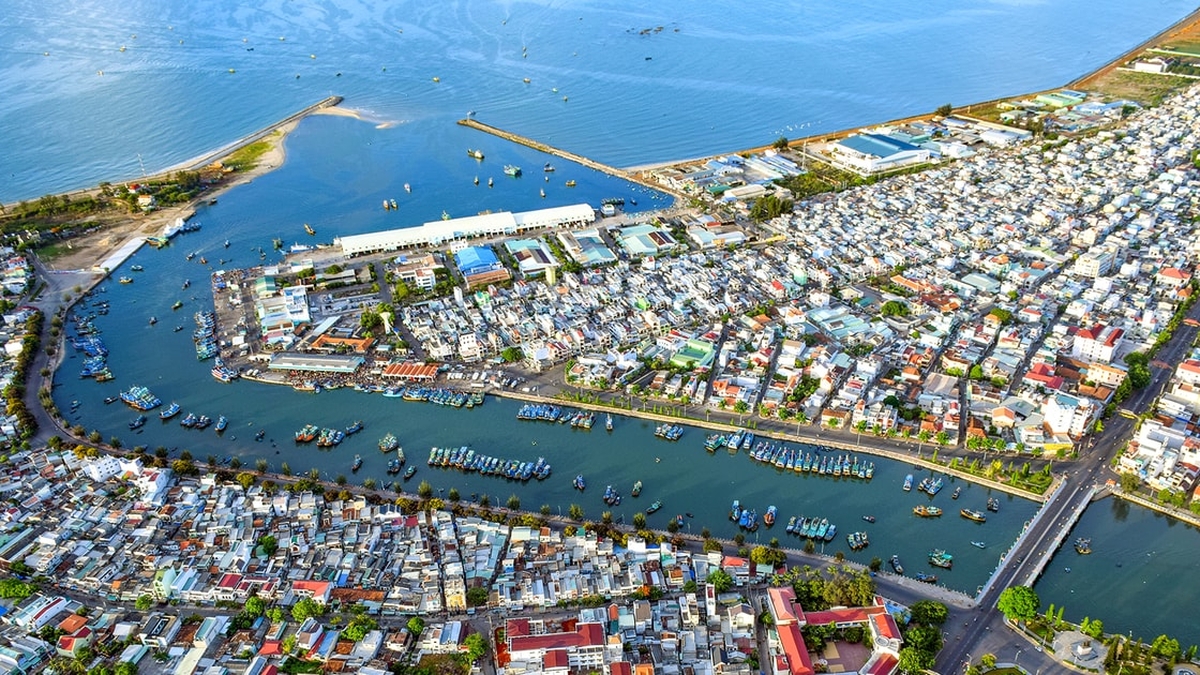
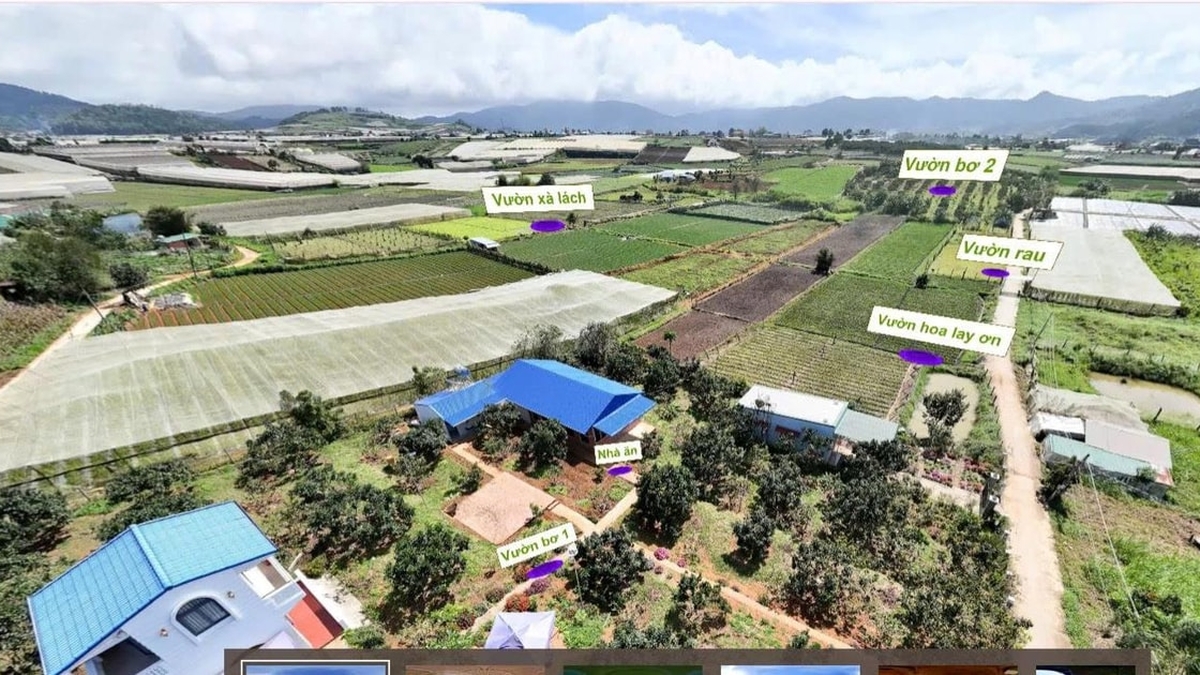






















![[Photo] National Assembly Chairman attends the seminar "Building and operating an international financial center and recommendations for Vietnam"](https://vphoto.vietnam.vn/thumb/1200x675/vietnam/resource/IMAGE/2025/7/28/76393436936e457db31ec84433289f72)

































































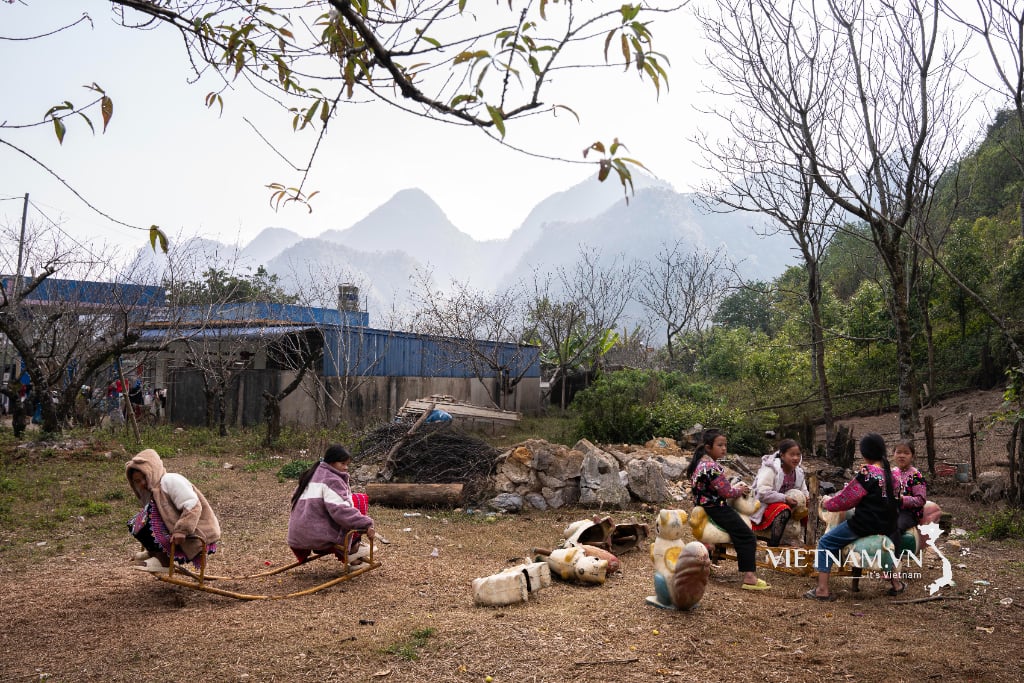


Comment (0)